Updated
11 min read
What is the Future of Mobile App Development?
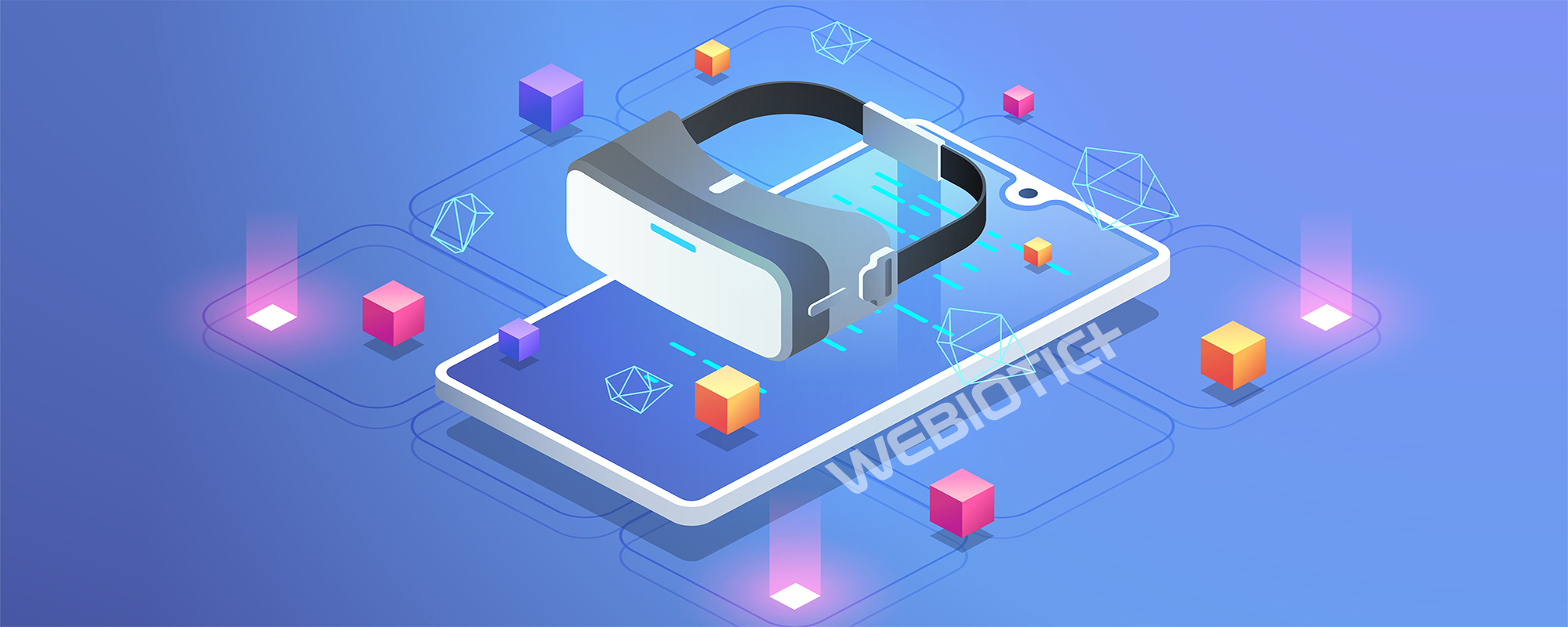
The future of mobile app development heavily depends on its current trends.
The mobile app development industry has seen huge growth in the last ten years, with revenue from global app sales reaching $693 billion in 2021.
With that number expected to exceed $935 billion by 2023, it’s safe to say that app development is trending up.
However, that trend is a curve that many businesses will struggle to stay ahead of, while many others fall behind the rapidly changing standards of the world’s most profitable technologies.
Below is a video about a popular emerging technology – machine learning.
In this guide to the future of mobile app development, we examine current trends in the industry to predict and elaborate on the technologies that will become more profitable in the years to come.
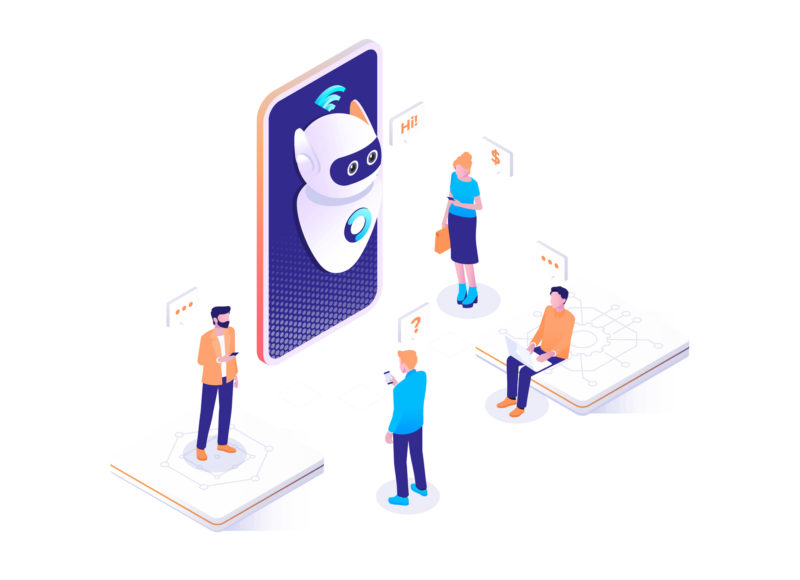
Table of Contents
- The Current Market
- The Most Popular Apps
- The Fastest Growing Types of Apps
- The Most Desired User Features
- Performance
- Engagement
- Ease of Use
- Feedback
- Monetization
- Technology Trends
- AI and Apps
- AR and VR
- The Internet of Things and the Cloud
- Cross-Platform Integration
- Instant Apps
- Wearable Mobile Devices
- Sustainability in App Development
- Security and Privacy
Chapter #1: The Current Market
For Android users, there are 2.87 million mobile apps available on Google Play; for iOS users, that number is 1.96 million on the Apple Store.
This not only indicates growth in the mobile app development industry but also increased competition for the businesses that plan on entering it.
In the current mobile app market, several types of apps reign supreme. It helps to know them before developing an app of your own.
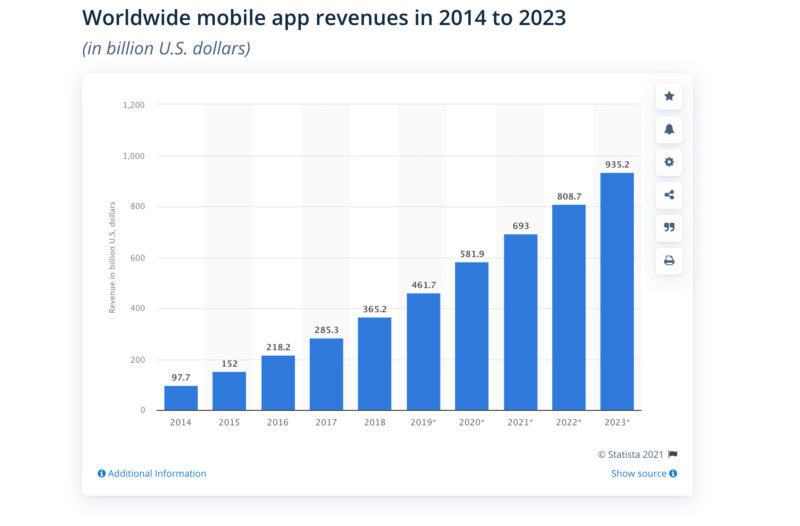
PRO TIP:
Your average phone user will have 40 apps already on their phone. Examining the most popular apps can help businesses learn how to become part of that 40.
1.1 The Most Popular Apps
The global pandemic heavily impacted app usage. With people at home and inside all day, apps that assisted users in their daily lives skyrocketed in popularity.
These apps can be separated into three main categories: leisure apps, communication apps, and shopping apps.
Leisure apps, including Instagram, Facebook, Tiktok, Snapchat, and YouTube, dominated app usage in 2020-2021.
These apps allowed people to feel a part of fashion and technology trends, catch up with their favorite content creators, and share content of their own from the comfort of their COVID-free homes.
The second category, communication apps, can sometimes cross over with leisure apps, such as Facebook Messenger. But for the most part, these apps are used to maintain business contact, a particularly useful function during the pandemic.
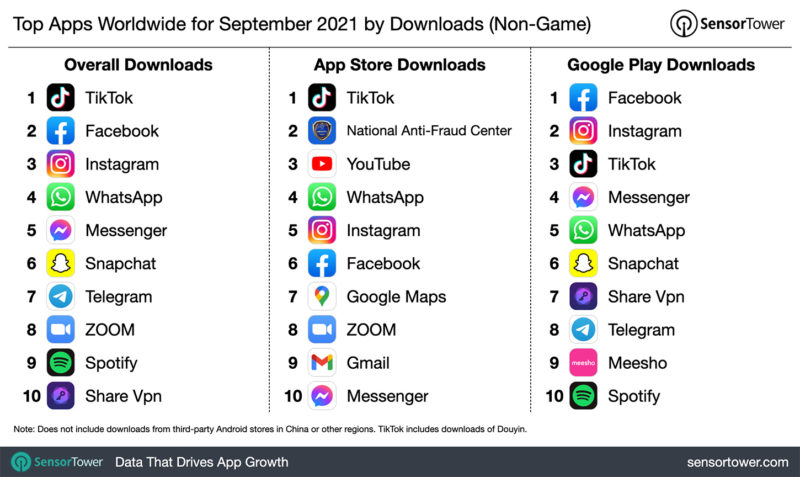
These apps include:
- WhatsApp – The social media app founded in 2009 has recently skyrocketed in popularity, becoming the most used messaging app in the world in non-US countries. The app not only lets friends send each other messages but is particularly well-regarded for giving businesses access to their customers/clients to send messages and personalized special offers.
- Telegram – Telegram is a messaging app that provides businesses ample opportunities to share their products, link to their site, and even chat with customers to answer their questions.
- Zoom – Zoom is one of the most-used conference apps, allowing businesses to continue connecting to their remote employees during the pandemic as well as giving those employees the ability to conduct video calls with their teams.
The last category of apps is shopping apps, which many businesses create to give their growing base of mobile users access to their store on the go.
The standards in shopping apps are Amazon, Wish, Wayfair, and eBay.
1.2 The Fastest Growing Types of Apps
In addition to standard app functionality for these communication and shopping apps, several types of mobile apps are growing in popularity.
As businesses and creators expect more from their mobile devices, certain types of apps will become more valuable.
These emerging app types include language learning apps, voice translation apps, video editors, virtual shopping apps, investment and loan management apps, and more.

Chapter #2: The Most Desired User Features
This information about the apps most frequently used says a lot about the features that users value most.
In the coming years, these categories will be the most essential for businesses to optimize in their apps to stay ahead of future trends:
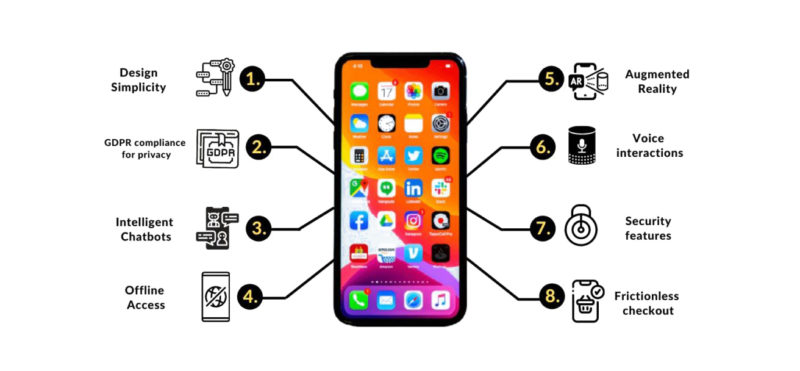
2.1 Performance
Performance is a key issue in a competitive mobile application development industry.
Apps that are not only well-made, but which install quickly, load promptly, and are free of bugs are the ones that will become (and stay) competitive in the coming years.
PRO TIP:
While it’s common knowledge that users prioritize high-performing apps, businesses should know that app stores do as well. Apps that load quickly and receive frequent updates appear sooner in an app store’s search results, which has a direct impact on your app’s profitability.
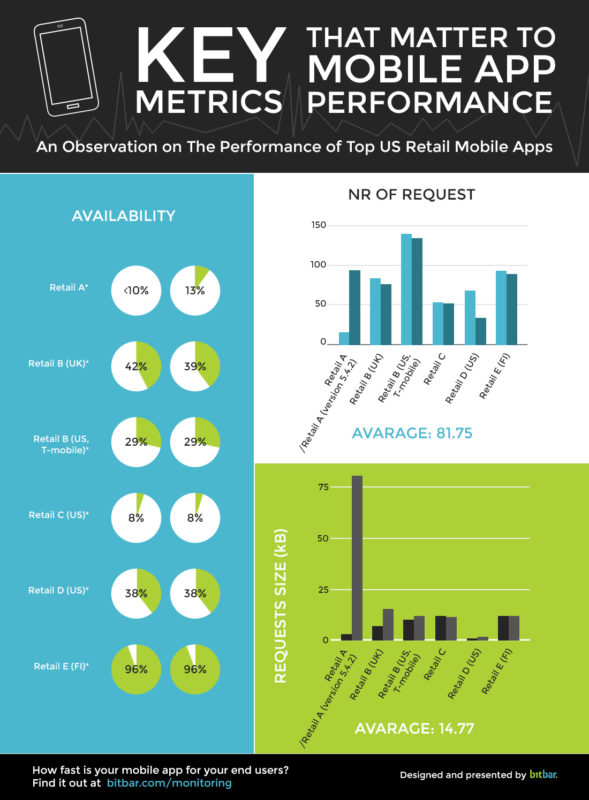
2.3 Engagement
Online and offline user engagement was a key factor in an app’s success in 2021.
Apps that utilize notifications and chatbots to give their users a more fluid experience are more likely to remain on a user’s phone due to the value they place on engagement.
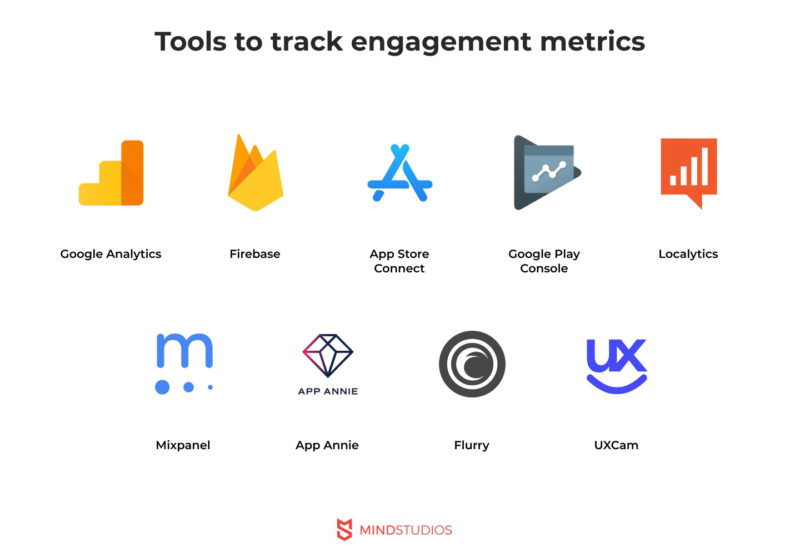
2.4 Ease of Use
Apps that clearly indicate their value to the intended user and present that value in a clear way are more likely to become a part of that user’s daily routine.
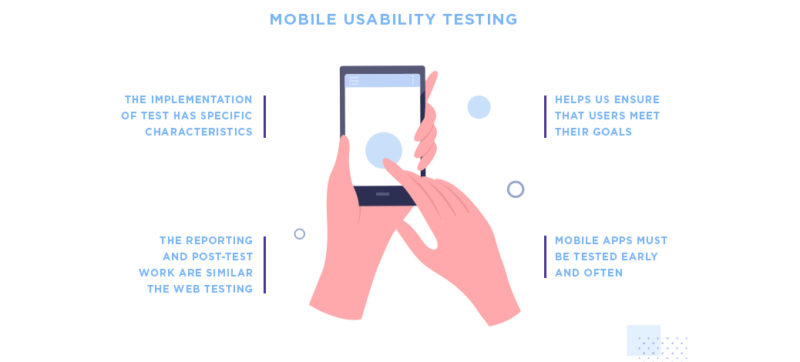
Photo Credit: justinmind.com
2.5 Feedback
Different types of feedback are essential to keeping users coming back to a mobile app.
This includes using alerts and push notifications to keep users informed, offering customer service channels for them to communicate through, and giving them the ability to rate and review your app.

Photo Credit: surveymonkey.com
2.6 Monetization
There are right and wrong ways to employ monetization in your app. Most apps should have a free option as well as an in-app purchase system.
PRO TIP:
While in-app purchases are useful, multiple purchase options can put off users from continuing to use your app. Streamline your purchase options to prevent users from becoming confused.
Chapter #3: Technology Trends
Knowing major technology trends that are coming will help your brand modify its app development process for the future. Here are the main trends on the horizon of mobile app development:

3.1 Artificial Intelligence
Artificial intelligence (AI) is a rapidly growing factor in eCommerce business decisions.
AI advancements offer mobile applications numerous ways to improve the user experience by increasing customer retention in retail, providing more specifically targeted advertising strategies, and creating a more efficient sales system.
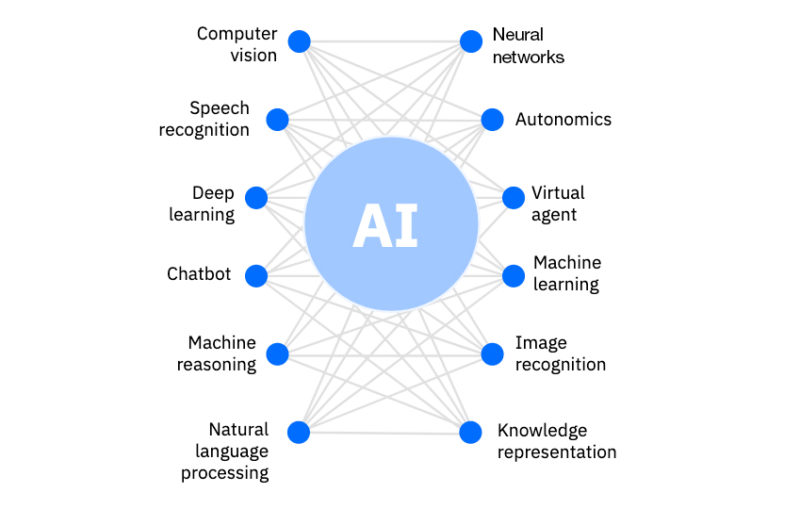
PRO TIP:
AI can offer shopping apps many ways to automate their sales process to make sure no customers slip through the cracks. For instance, AI can automatically provide customers follow-up emails, recommendations, customer discounts, abandoned cart notices, and even customer support.
3.2 AR and VR
AR and VR (augmented reality and virtual reality) offer many mobile apps options to generate a more engaging user experience.
With the AR/VR market predicted to exceed $300 billion by 2024, mobile app developers can no longer treat it as a luxury.
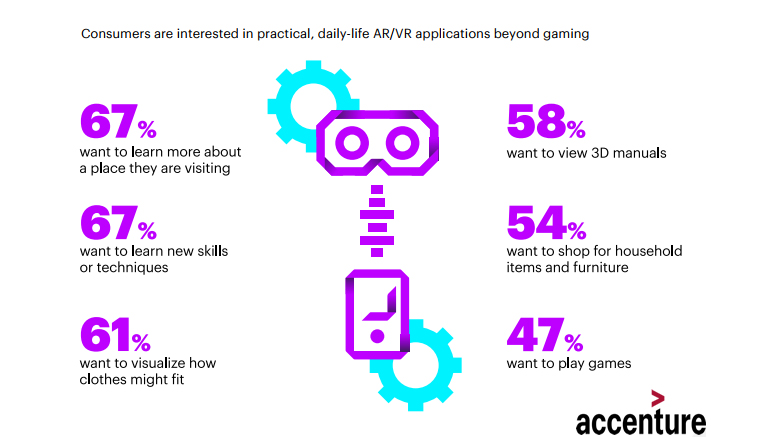
Computer-generated elements now allow users to remotely enjoy concerts, virtually try on clothes, and more.
Consider how your app’s services could integrate with reality augmentation in the planning stages of development.
3.3 The Internet of Things and the Cloud
The Internet of Things or IoT integrates physical technology with internet connections.
Anything from healthcare devices and video surveillance to smart home temperature control devices could be integrated with the IoT.
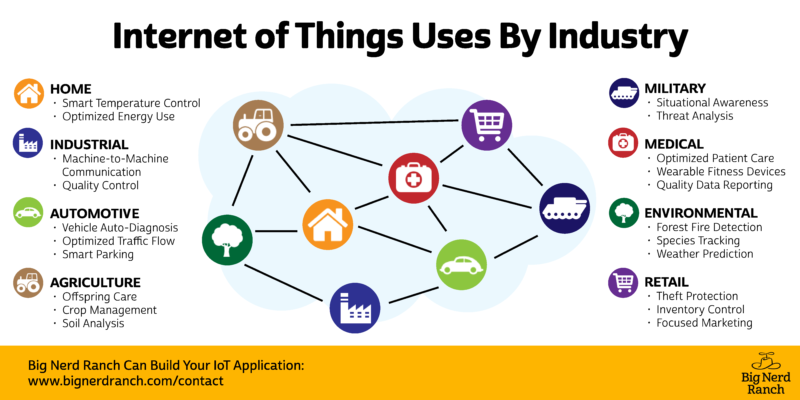
Apps that acknowledge the IoT by using cloud connections to speed up installation and reduce data processing costs are on track to take advantage of the latest emerging future mobile app technologies.
3.4 Cross-Platform Integration
With multiple app stores servicing several operating systems on an increasing variety of mobile devices, many businesses would benefit from developing their apps for cross-platform support.
This means taking advantage of development tools that support multiple operating systems such as NativeScript, as well as utilizing new programming languages like Swift.
PRO TIP:
Swift is a programming language developed by Apple for iOS mobile apps. Unlike previous languages, Swift allows your developers to automate memory management, change code without recompiling, and develop simultaneously across multiple Apple devices.
3.5 Instant Apps
Instant apps allow users to use them without downloading them first.
Since downloading takes time and space on a user’s phone, enabling instant app features may convince them to try your business’s application.
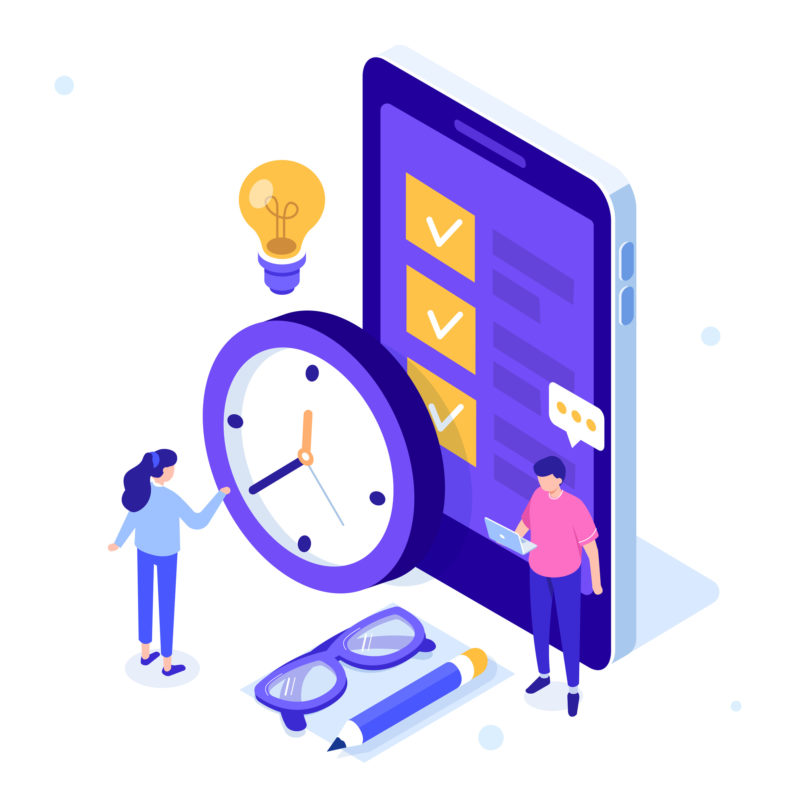
In a sense, an instant app is halfway between an app and a website. This removes barriers to entry that can prevent users from taking the plunge into a new app because they can browse the functionality without committing.
As instant apps gain popularity, users more frequently go from trying them out to downloading them, making your app more immersive and functional.
PRO TIP:
One way to make the most of an instant app is to have your developers build payment systems into the app that process directly through Apple Pay or Google Pay. This allows users to purchase your products and services without ever having to manually input their payment information.
3.6 Wearable Mobile Devices
Wearable mobile devices or “wearables” began with the first Bluetooth headsets and have since progressed into a growing industry that shipped over 444 million units in 2020.
Wearables include smartwatches, smart glasses, fit bits, VR headsets, and more.
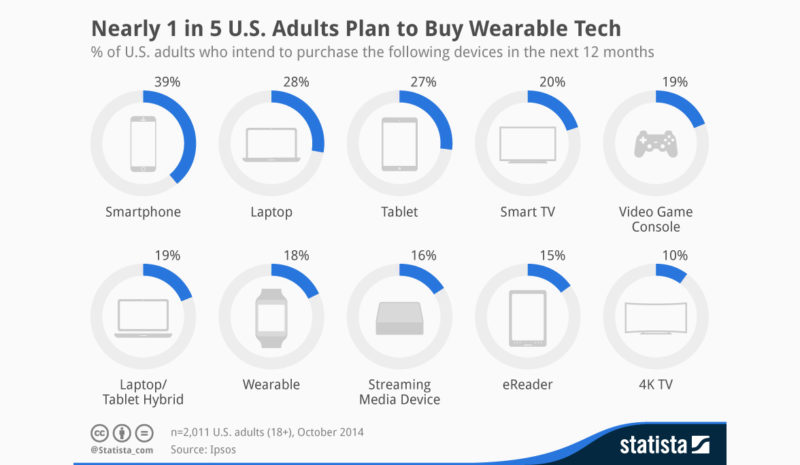
Wearables function using the Internet of Things to connect to various accounts and services. This allows these devices to do anything from tracking health stats in real-time to changing the temperature of the user’s home directly from their watch.
3.7 Sustainability in App Development
As climate change and sustainability take center stage in public discourse, the tech industry isn’t immune to these concerns.
In the realm of mobile app development, sustainability is becoming a major focus.
Developers are starting to consider the environmental impact of their apps, from the energy used in data centers to the carbon footprint of user devices.
Efficient coding practices that minimize CPU usage are becoming more widespread, not just for performance optimization but also for reducing energy consumption.
Companies are also investing in offsetting the environmental impact of their digital operations, thereby setting a new standard for eco-conscious app development.
3.8 Security and Privacy
With rising concerns about data breaches and privacy violations, mobile app devs are increasingly prioritizing security measures.
From encrypted data storage to two-factor authentication, there’s a growing emphasis on creating secure environments for users.
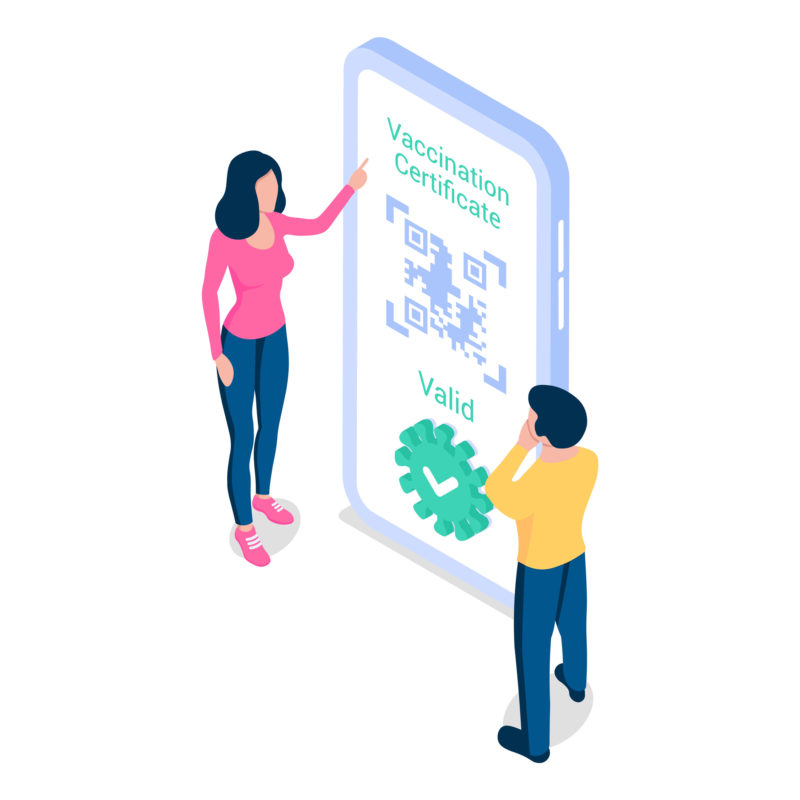
Legislation like the General Data Protection Regulation (GDPR) in Europe and the California Consumer Privacy Act (CCPA) in the U.S. have also influenced this shift, pushing developers to integrate privacy-by-design principles from the ground up.
As reliance on mobile apps continues to grow, you can expect security and privacy to become non-negotiable aspects, shaping both user expectations and industry standards.
Final Thoughts
Mobile app development is rapidly changing to take advantage of emerging technologies, including AI, the IoT, the Cloud, 5G, AR/VR, crypto, and more.
How these systems impact the growing mobile app development industry will become clearer as they become more readily available.
In 2021, we already saw how a pandemic changed the industry’s priorities.
For companies that hope to develop a mobile app, staying current with these technology trends is the best way to outclass your competition in a growing industry.
Not only will app stores prioritize high-performing, high-tech apps but your users will also be more engaged if you integrate your services with the latest technology.
Our Simple Starter package can help you find the right footing when it comes to the best technology to incorporate into your app and includes a technical writeup, wireframes, research analysis and more.
What emerging technologies are you most excited to see in mobile apps?




Your inbox wants some love.
Stay informed with Webiotic latest










0 Comments